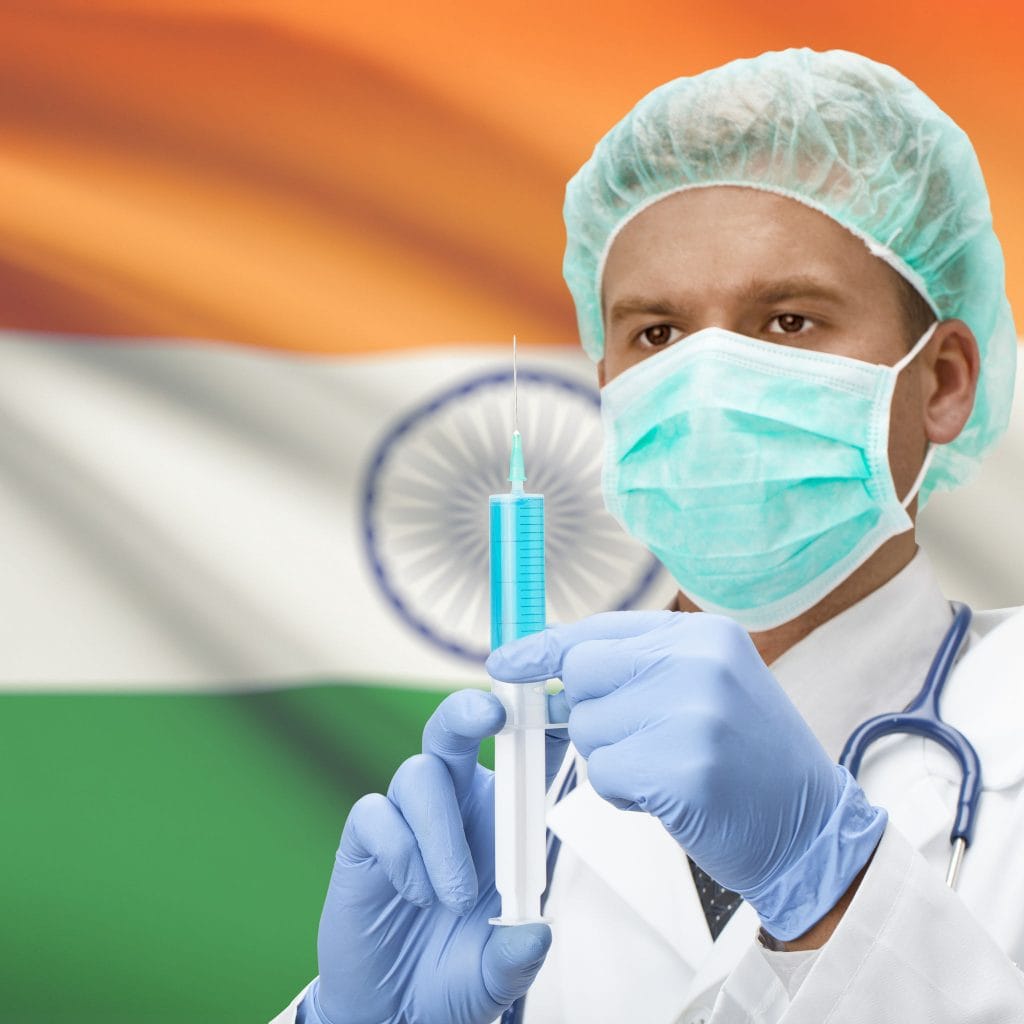Violence against doctors is not a new phenomenon in India. However, the situation has garnered heightened awareness amidst the coronavirus pandemic. Amendments have been made to legislation dating back to the colonial era in an effort to tackle the issue.
 Last month, the Cabinet Secretary announced that all states and union territories should invoke provisions of Section 2 of the Epidemic Diseases Act, 1897. This colonial-era legislation means that all advisories issued by the Union Health Ministry and state governments from time to time are enforceable. The Act grants authorities the ability to imprison those found disobeying the terms — a provision reminiscent of the government crackdown on gatherings and imposition of quarantines in China following the onset of the coronavirus outbreak.
Last month, the Cabinet Secretary announced that all states and union territories should invoke provisions of Section 2 of the Epidemic Diseases Act, 1897. This colonial-era legislation means that all advisories issued by the Union Health Ministry and state governments from time to time are enforceable. The Act grants authorities the ability to imprison those found disobeying the terms — a provision reminiscent of the government crackdown on gatherings and imposition of quarantines in China following the onset of the coronavirus outbreak.
In response to the violence perpetrated by some members of the public against doctors and healthcare workers, the Act has been amended as part of the Epidemic Disease Ordinance 2020. Changes to the Act allow for expedited investigation of such incidents and imprisonment of those convicted of violent offenses against medical staff of up to seven years. The fine in such cases can go up to US$6,576 and the offender shall also be liable to pay compensation to the victim and twice the fair market value for damage of property.
“The Epidemic Diseases (Amendment) Ordinance, 2020 manifests our commitment to protect each and every healthcare worker who is bravely battling COVID-19 on the frontline. It will ensure the safety of our professionals. There can be no compromise on their safety!” tweeted Prime Minister Narendra Modi.
While the Ordinance does offer protection for medical staff during the pandemic, criticism has been targeted at the temporary nature of the Ordinance in response to a long-standing issue.
“This is an Epidemic Ordinance, thus a temporary solution,” said Dr Adarsh Pratap Singh, president of the Resident Doctors’ Association of the All India Institute of Medical Science, in comments to Anadolu Agency. “Attacks on doctors are not new, and hundreds of cases of assault on doctors have been reported in the last few years.
“We need better infrastructure, more recruitments of doctors and a better health budget so that the doctor-patient ratio can be brought down. We also demand a Central protection act for our safety.”
The medical fraternity has long-appealed for such legislation. Last year, it seemed that such a law was close to coming to fruition with legislation – the Health and Services Personnel and Clinical Establishments (Prohibition of Violence and Damage of Property) Bill – drafted by the Union Health Ministry. However, this was stalled when the Union Ministry of Home Affairs rejected the draft legislation. The Health Ministry then said it would put the law “on hold.”
The Indian Medical Association (IMA) has reported that 75 percent of doctors in India have been the subject of violence, intimidation, and/or harassment whilst on duty according to research published last year. The problem is deeply ingrained and such temporary measures are only likely to leave a scratch on the surface of the issue. Dr Singh’s recommendations on the improvement of infrastructure may be vital to resolving the issue on a greater scale – as well as a Central protection act to ensure that the safeguarding of healthcare workers is enforced.

